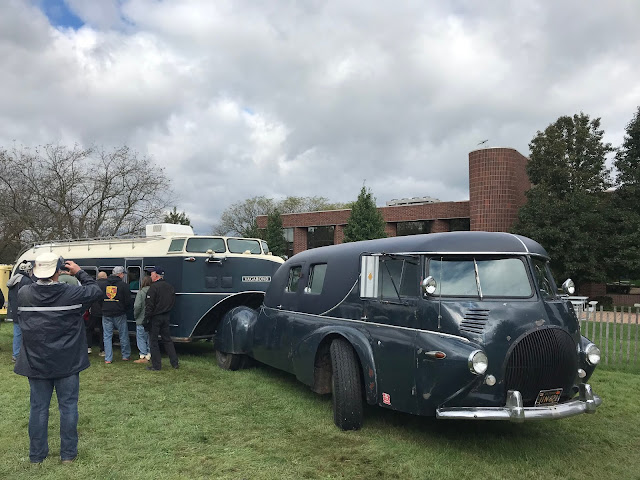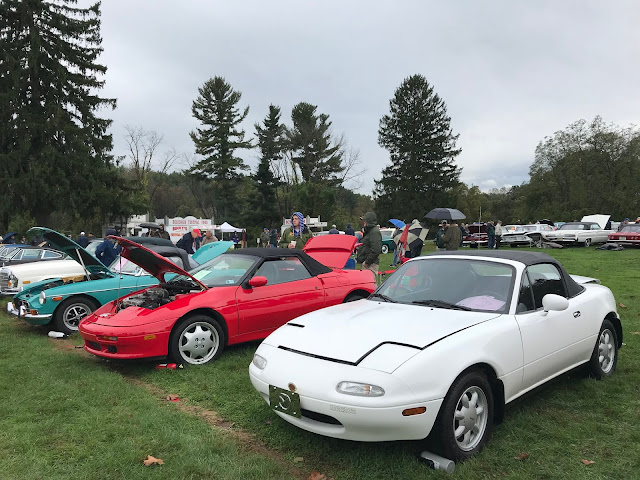In my first entry on this blog I described how my love of cars comes in part from the feeling of oneness with road and machine that you get from driving a good car. Today I shall delve a little into what makes a good car, for me.
A good car should be pretty, reliable, economical, and many other things. But, in my opinion, the key component is exactly that connection between man and machine. This connection, in its essence, stems from three principles: driving-oriented design, precision manufacturing, and lack of filters between the different mechanical systems and the driver.
All of these factors should make modern sports cars the epitome of driving enjoyment. In reality, that is true, but also not, in some ways. Sports cars are designed with driving taking precedence over comfort and practicality. Their suspensions have sophisticated geometries, they use lightweight components, high performance engines, sharp steering racks, and reduced amounts of insulation. Moreover, the industry keeps evolving, so we'd expect the latest car to be the best to drive. As Enzo Ferrari famously said: "the greatest Ferrari ever is the one we have yet to build: the next one".
Alas, there are some things that, in the real world, end up conspiring against modern sports cars. First, we have that sports cars must obey the same regulations that other cars do. And regulations continuously tighten over time. Safety regulations especially, important as they are, have some significant negative side effects. Hood lines have been raised for pedestrian safety, pillars have been made thicker to better absorb impact energy, and your hands are no longer sufficient to count the number of airbags surrounding you. All of this has led to larger, heavier cars, with worse visibility and higher seating positions. If you want the car to disappear around you as you drive, none of this is helpful.
Another point is that sports cars have gotten so capable that they can no longer be explored properly on public roads. A brief few seconds of open throttle are enough to get you deep into license-loosing territory. And even forgetting that "small" issue, the grip provided by today's large soft-compound tires is so high that if you really want to work the car you'll be going so fast that a small mistake could easily result in a deadly crash, airbags notwithstanding.
Finally, there is the issue of price. All the regulations along with increased customer expectations mean that developing a new car is now more expensive than ever before. Combine that with the fact that sports cars sales are down and it's no surprise that there are precious few affordable sports cars on the market today. It's basic arithmetic: slow sales means unit prices need to increase to offset development costs. And it's a vicious cycle: slower sales lead to high unit prices, high unit prices lead to slower sales. On top of that, since you can't really explore a high end sports car on the street, you need to rent a race track to fully enjoy it. Which costs money as well. A lot of it, actually, when you account for consumables and the extra maintenance required. So what is a regular middle class car lover to do?
I'd like to make an argument for older cars. Old cars can give you that raw feeling of connection. Even normal "econobox"-type cars. Not necessarily because they were designed with that purpose in mind, but as a side effect of their limitations. Older B- and C-segment cars didn't have power steering. This meant you could really feel the road through the wheel. They didn't have a lot of insulation, as it would have been too costly, so you can hear and feel everything. They didn't have automatic gearboxes, so you shifted yourself, with pleasure. They didn't have AC or much crash protection, so they were small and lightweight. And if you have the most cursory of interests in vehicle dynamics, you'll know mass is the biggest enemy: it shows up in every equation as an undesirable factor.
Furthermore, because of their lack of sophistication and small tires, their limits were much lower, allowing you to have fun on the road without loosing your license or putting anyone in real danger. Of course, the mechanical precision of newer cars wasn't there. But today, with some care, you'll be able to find a vehicle that you can upgrade in key areas such as suspension and brakes without too much trouble. Just don't pick a big luxury land yacht and expect it to handle like a racer.
Now, don't get me wrong. Old cars are not necessarily cheap. Specially if you want to keep them looking good. And they can be a pain, needing frequent repairs and parts that are no longer available, depending on the model you go with. Also passive safety wasn't really a serious consideration. And there isn't much comfort to be had either. I'm definitely not suggesting you use one as your only car. But at the end of the day you can take a mildly prepped small old car on a run and come back grinning just as much, if not more, than you would had you been driving the latest and greatest sports car. And isn't that something?

























